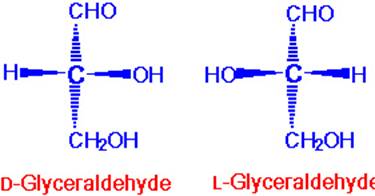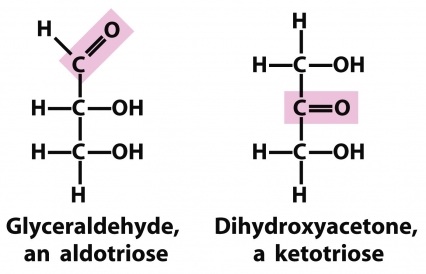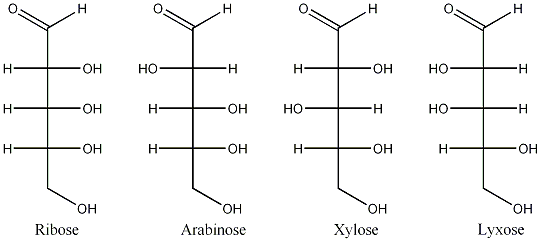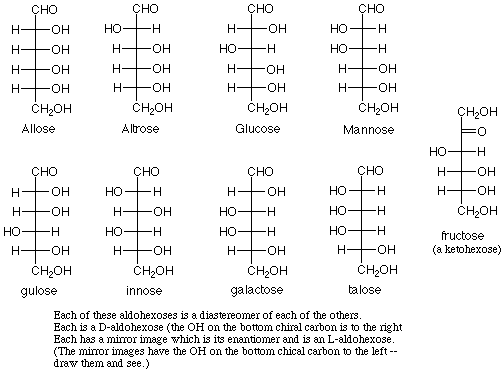Monosaccharide
Monosaccharide Assignment Help | Monosaccharide Homework Help
Monosaccharide
Ring Structure of Monosaccharide. The simplest hexose (aldose) has a chain of carbon atoms with an aldehyde group at one end. Such a structure is optically active, since it has asymmetric carbon atoms. Soon after the structure of glucose had been determined it was realized that the open chain formula could not account for all its properties.Types of Monosaccharide. Monosaccharides are essentially polyhydroxy aldehydes or ketones. They cannot be spilt further by hydrolysis. The empirical formula of a monosaccharide is Cn(H2O)n.
Aldoses. Glyceraldehydes has one asymmetric carbon and two optical isomers, the dextro-rotatory and the laevo-rotatory forms.

Ketoses. The triose dihydroxyacetone is the simplest ketose, but does not show any optical activity. The tetrose D-erythrulose is therefore the parent compound of all the D-ketoses.

Trioses contain three carbon atoms, e.g. glyceraldehyde (an aldose) and dihydroxyacetone (a ketose).

Tetroses contain four carbon atoms in the chain. Only two are possible, erythose and threose. On nitric acid oxidation erythrose yields mesotartaric acid, while threose gives D(-)-tartaric acid.

Pentoses contain five carbon atoms in the molecule. The important pentoses are:
Ribose – found in ribonucleotides and in RNA.
Deoxyribose – found in deoxyribonucleotides and DNA.
D-Arabinose – occurs in glycosides of tuberculosis bacilli.
Ribulose – an important compound in photosynthesis.

Hexoses are 6-carbon atom sugars. Hexoses of biological importance are glucose, galactose, mannose and fructose.

For more help in Monosaccharide please click the button below to submit your homework assignment.